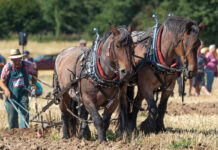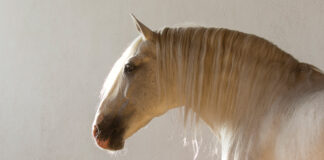Dutch Warmbloods, or as their registry in The Netherlands is known, Koninklijk Warmbloed Paardenstamboek Nederland (KWPN), boast high performance in dressage, jumping and in harness. Riders looking to make it to the Olympic levels or gather up blue ribbons at the lower levels are often drawn to this beautiful breed.
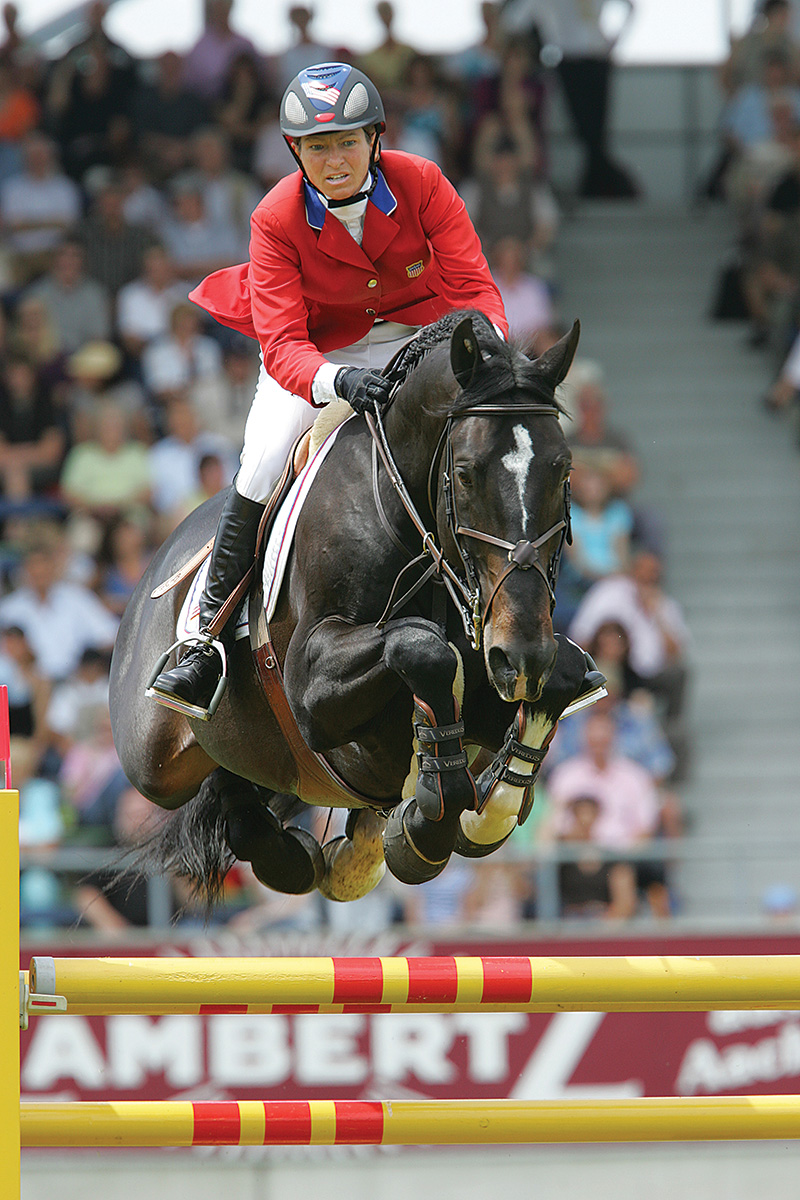
The goal of the KWPN is simple. According to their website, they seek to breed “modern sport horses that perform at the top level of international equestrian sports.” KWPN horses are known for their athleticism, versatility, and good brain, which makes them the top choice for many disciplines.
The KWPN strives to breed healthy horses with good conformation. Additionally, they have a strong focus on temperament so that their horses can be enjoyed by both professional riders and amateurs alike.
“The KWPN is both breeder and owner/rider focused,” says Drew Kemerling, registrar for KWPN-NA. “We’ve really tried to listen to our members and create a program that honors both the people who breed the horses but also buy and compete the horses. We have greatly expanded our awards programs to reflect our goals for this. As an open studbook, KWPN horses come in all shapes and sizes, making it possible for them to excel at many disciplines.”
History of the Breed
Originally, the horses lived in the Netherlands. They were called Groningen and Gelderlander horses, and were used primarily for farm work. They pulled carriages and farm equipment, but the agricultural machinery industry switched the breed’s focus.
When the breed began to be used more for sport than for work, more German influence was introduced into the bloodlines, such as Hanoverians and Holsteiners. Thoroughbreds, Oldenburgs, Selle Français, Hackneys, Cleveland Bays, and other sport horse blood was also incorporated.
Types Within KWPN Horses
Two types of KWPN horses are typically seen; riding horses make up around 85-90 percent of them. Generally, these are purpose-bred to be top competitors in a specific sport.
The second group is the Dutch Harness Horse. They typically have more knee action than their riding-bred counterparts, and also feature a flatter back.
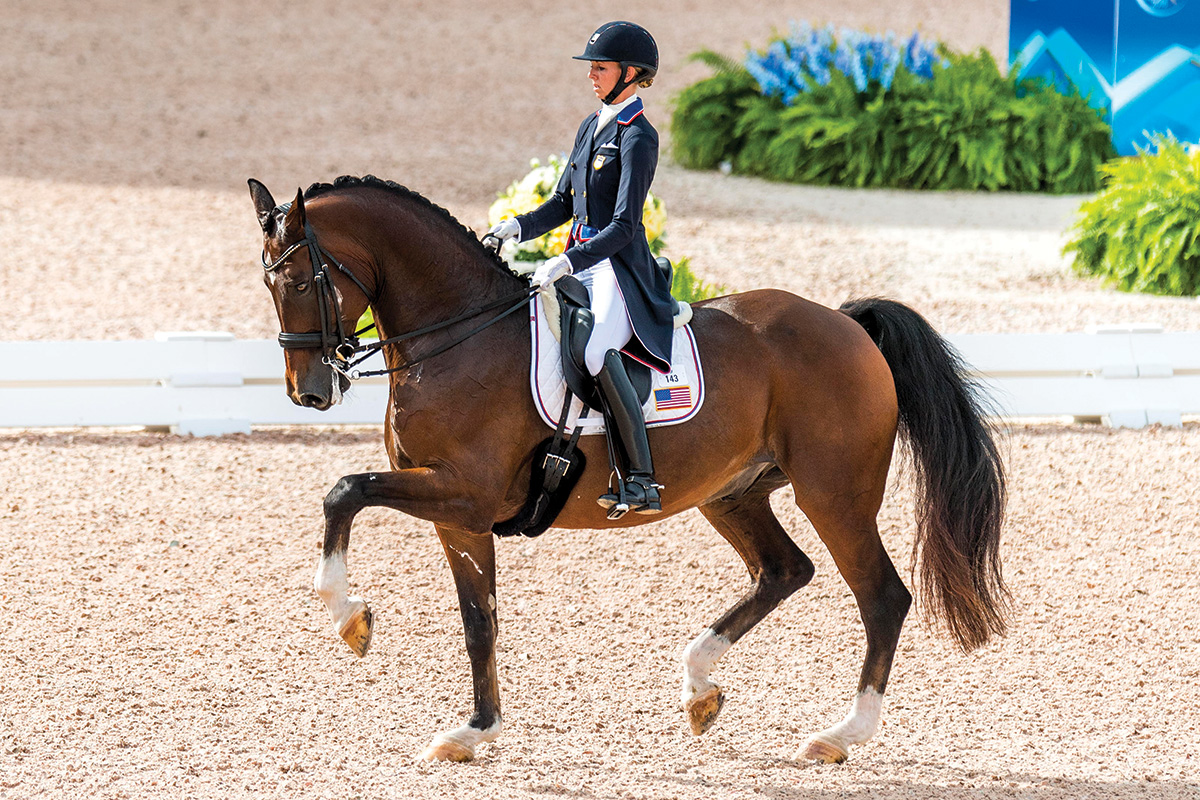
A smaller number belong to a third subset, the Gelder horse. Gelder-type horses can be ridden or driven. They have significant knee action and a powerful hind end. Harness-type KWPN horses show self-carriage, suspension, and high knee action.
Dressage-bred KWPN horses are light on their feet, powerful, supple, and have good self-carriage. Jumper-bred horses have a focus on scope, proper technique, bravery, and quick reflexes to make them careful jumpers.
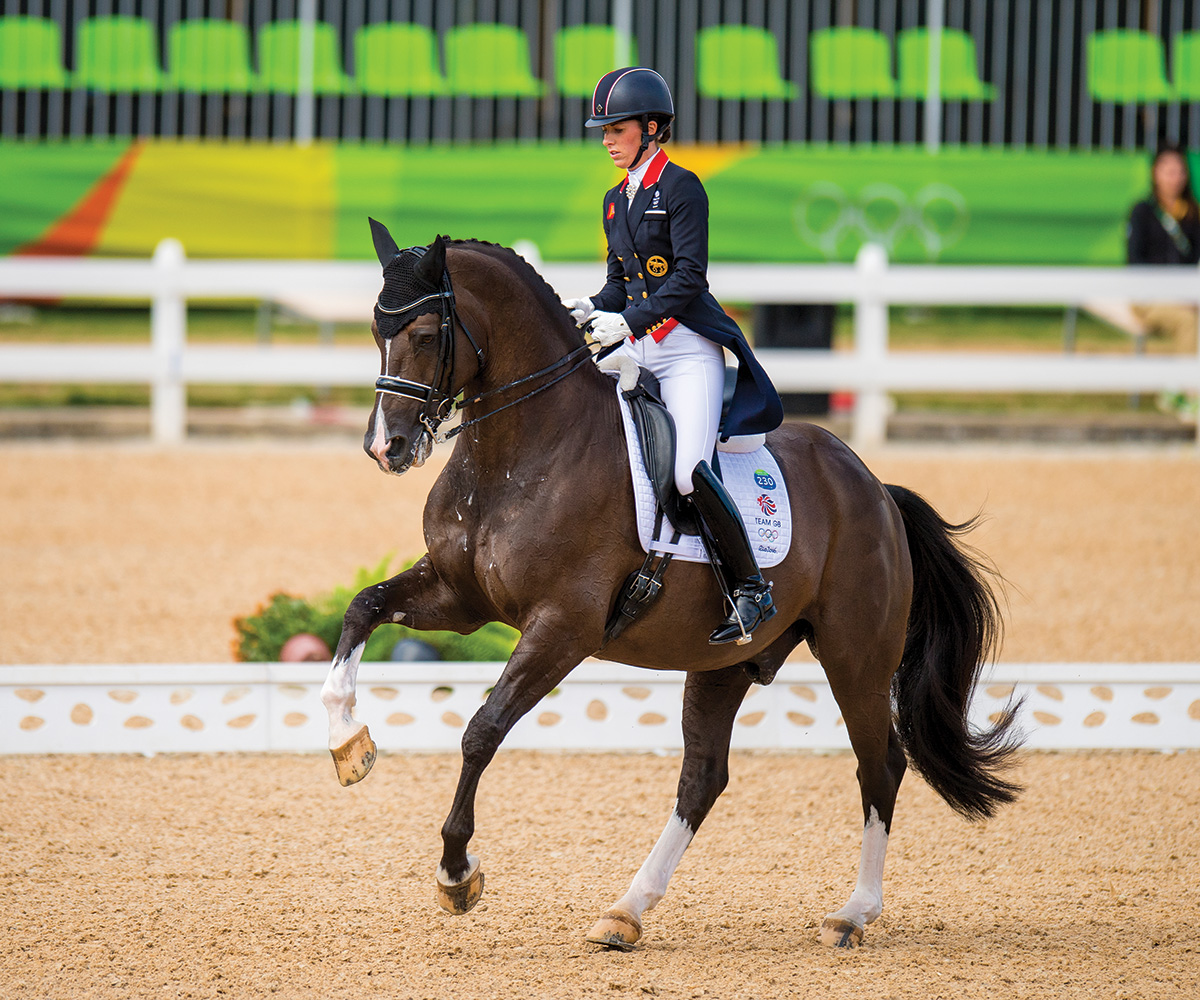
Hunter-bred horses should be comfortable to ride with flatter movement than some of the other types. Their stride covers significant ground and does not have the higher knee or hock movement of the dressage, Gelder, or harness horses. While there is no category for eventing horses in the KWPN registry, many also excel at this sport.
“Some of the top horses in the world are a combination of these breeding types,” says Kemerling. “Verdades has a harness-type mother.” Dressage star Verdades and his rider Laura Graves (USA) took home team bronze at the 2016 Rio Olympics as well as team and individual silver at the 2018 FEI World Equestrian Games in Tryon, N.C.
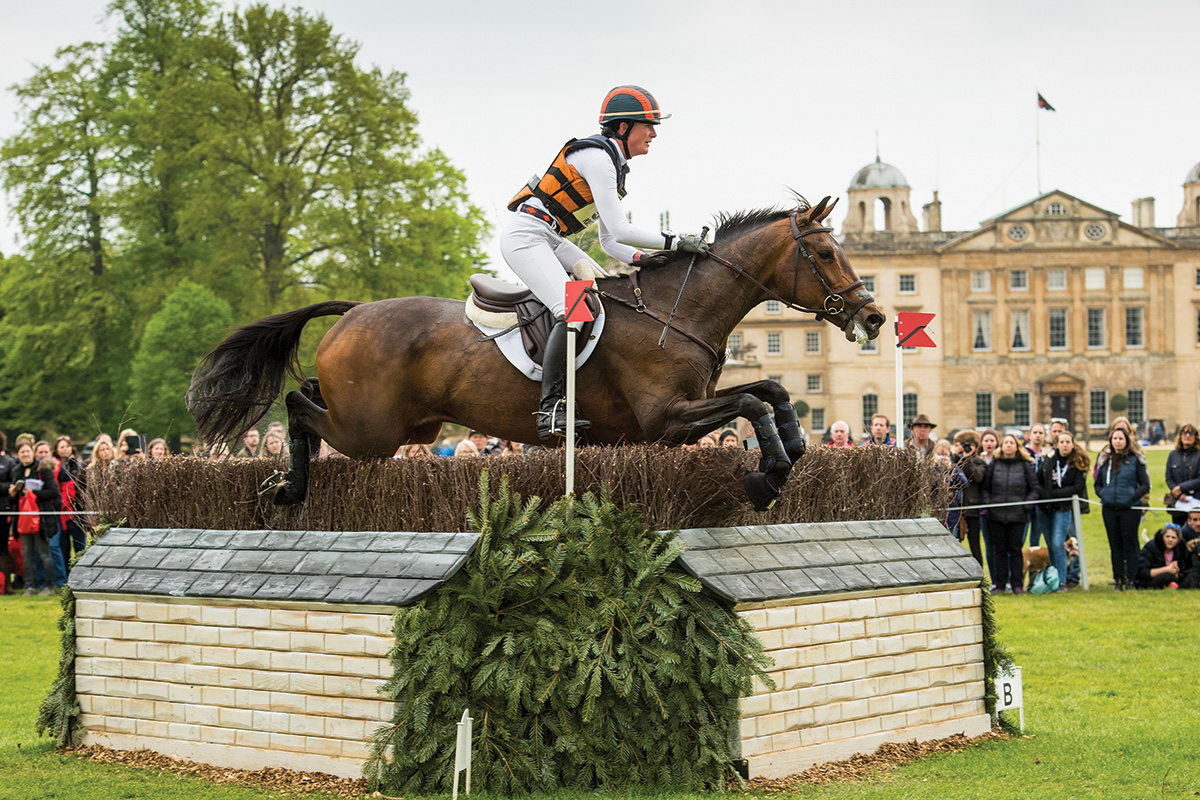
Inspections
Inspections, or keurings, are held to judge horses wishing to gain access to the KWPN registry. This helps to ensure that quality horses are being bred and that the breed’s representation is up to a high standard.
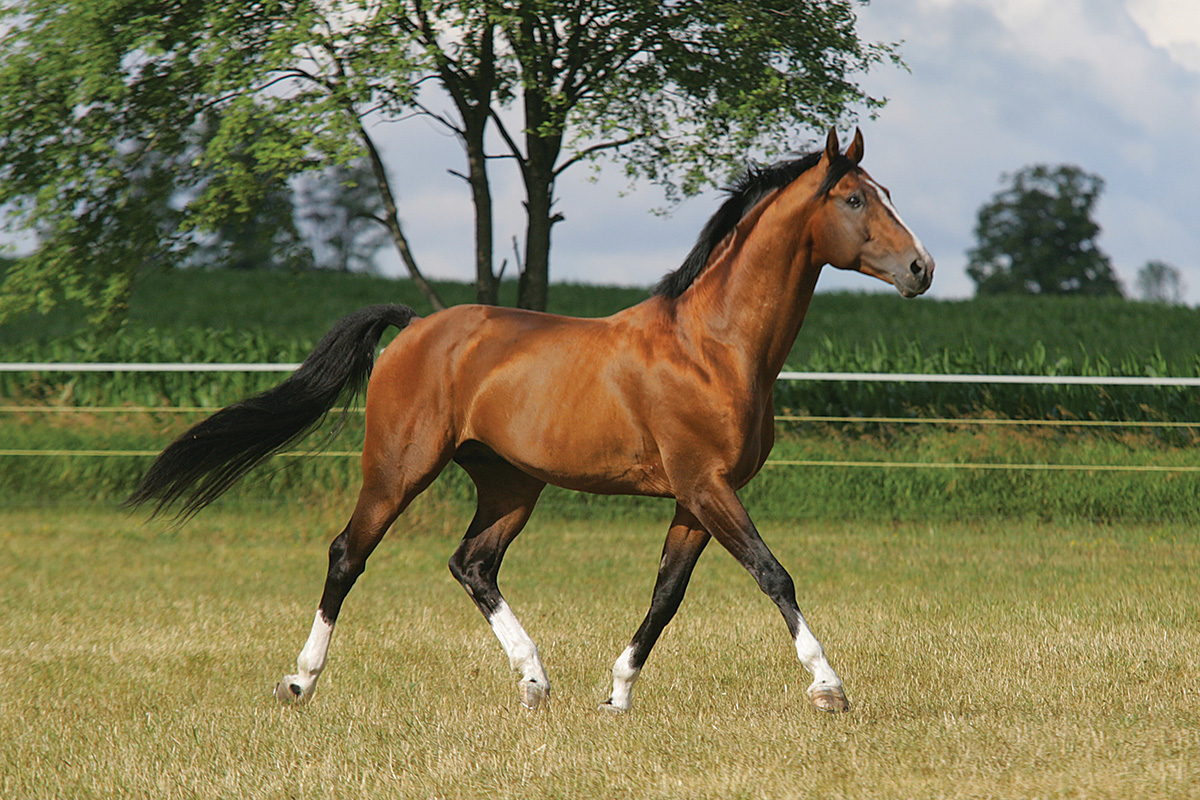
The KWPN is an “open” studbook, meaning that stallions of different breed can be accepted with the goal of improving the breed. In the United States, an average of 420 foals are registered yearly, although the annual numbers are much higher in The Netherlands.
The KWPN is one of the few warmblood registries that accepts all colors. Stallions must be 15.3 hands or taller to be considered for the registry, and mares must be a minimum of 15.2 hands. Most KWPN horses are 17 hands or less, although larger horses are permitted.
KWPN Horses Make for Happy Owners
M. Freya Evenstad is a KWPN-NA breeder, and owns Sweet Beginnings Farm in Virginia. She runs a small breeding program that typically produces one foal every other year, with the goal of producing the best of the best qualities of the breed: work ethic, a good heart, correct uphill conformation for dressage, and versatility.
She got hooked on the breed after meeting the horse who ended up being her breeding program’s foundation mare.
“She was perfection from head to toe,” says Evenstad. “She was the best looking horse anywhere she went, and she had fans everywhere because she was so kind and obviously loved her job so much.”
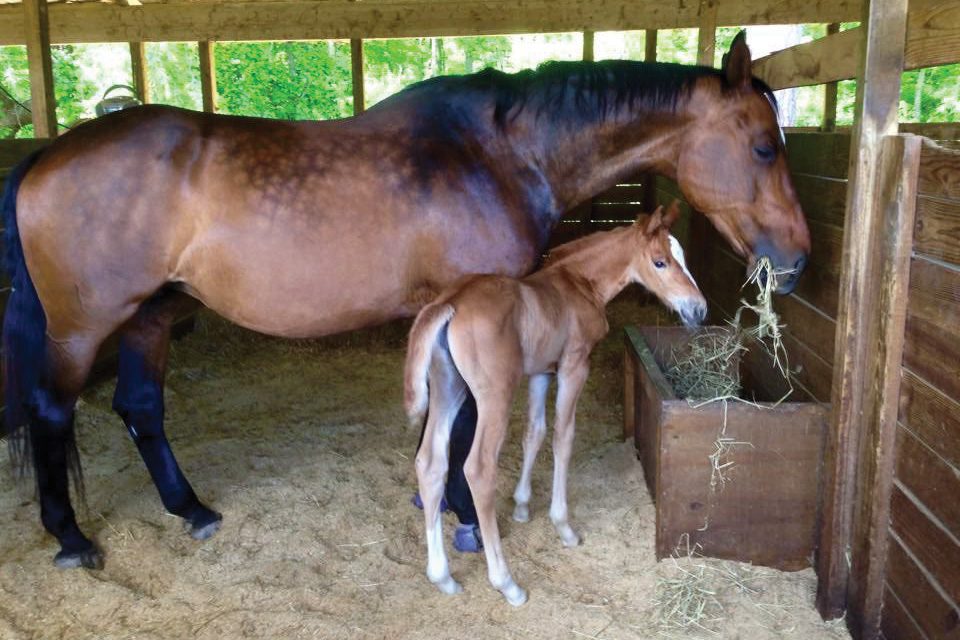
She wishes everyone could know just how big the KWPN’s heart is.
“They’ll achieve anything you desire, if you show them how,” says Evenstad. “Plus they are always a barn favorite for due to their temperaments.”
Laura Mollrich, an FEI Grade IV para dressage rider in California, bought her horse, Pabatsa, when he had just turned 8 years old. He’s now 25.
“[Pabatsa is] so cool,” says Mollrich. “Wherever I’ve had him boarded, he has been the pet of the barn. Everyone needs a big clown.”
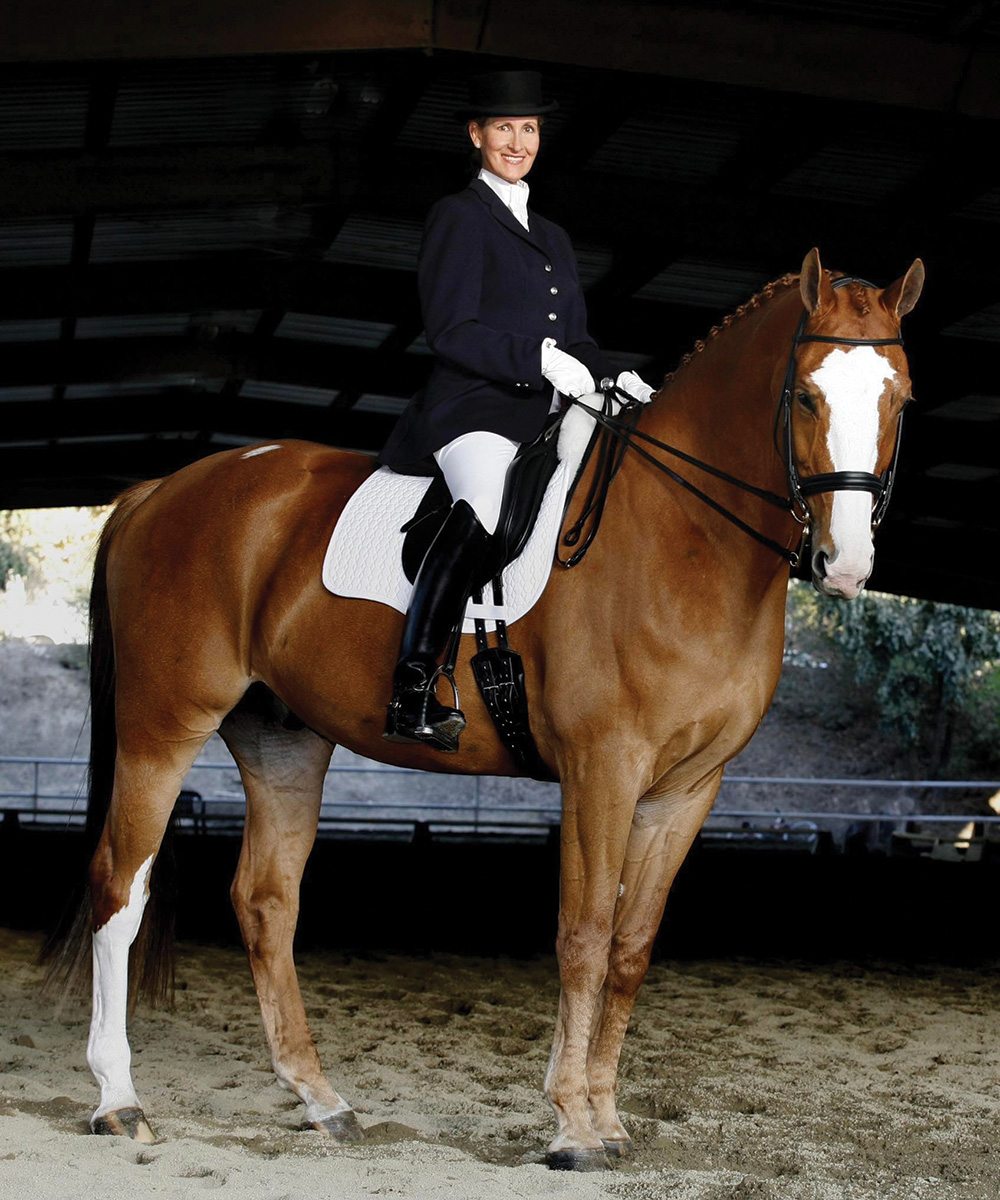
During their time together, Mollrich and Pabatsa have helped each other through a plethora of significant life events, such as the passing of Mollrich’s mother, lupus, scleroderma systemic sclerosis, epilepsy, and more.
Amanda Lorick is an amateur jumper rider who owns a boarding, training, and KWPN breeding facility in Nashville, Tenn. She is also a pediatric anesthesiologist to help support her KWPN hobby. She stands two stallions. Lorick says she had always wanted a warmblood, and began researching to narrow down the field.
“[I] found that KWPN horses were well-represented and top-ranking horses in multiple disciplines,” she says. “In addition to being well-rounded athletes, they are bred for health and longevity. I breed for good-moving jumpers, but even if I don’t get a jumper, I will have an athlete that can excel in hunters, eventing or dressage. They also tend to have very good brains, which is great for us amateurs.”
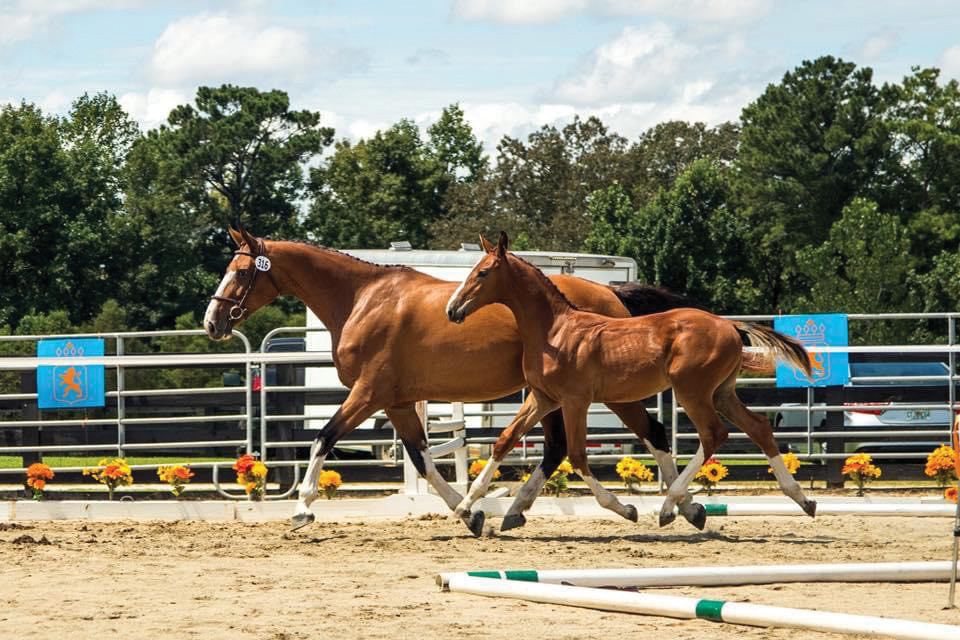
Having a healthy horse that will have a long-term career is important to Lorick.
“The registry has high health standards to help predict long careers,” she says. One of the reasons she picked her foundation mare, Eclipse SCF, is because her “uncle,” Judgement ISF, competed successfully at the top levels into his late teens.
Evenstad summarizes the breed well:
“Any discipline, any barn, they’re an asset—if you really want something special, you want a Dutch Warmblood.”
This article about the KWPN appeared in the January/February 2023 issue of Horse Illustrated magazine. Click here to subscribe!



